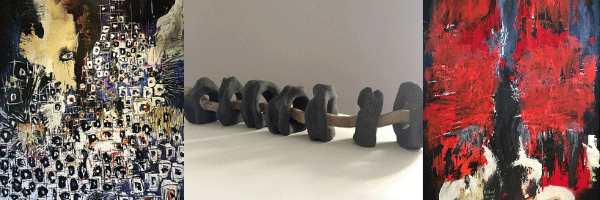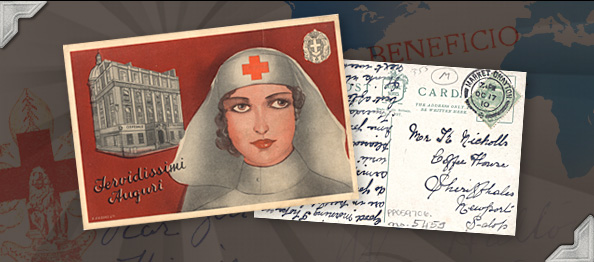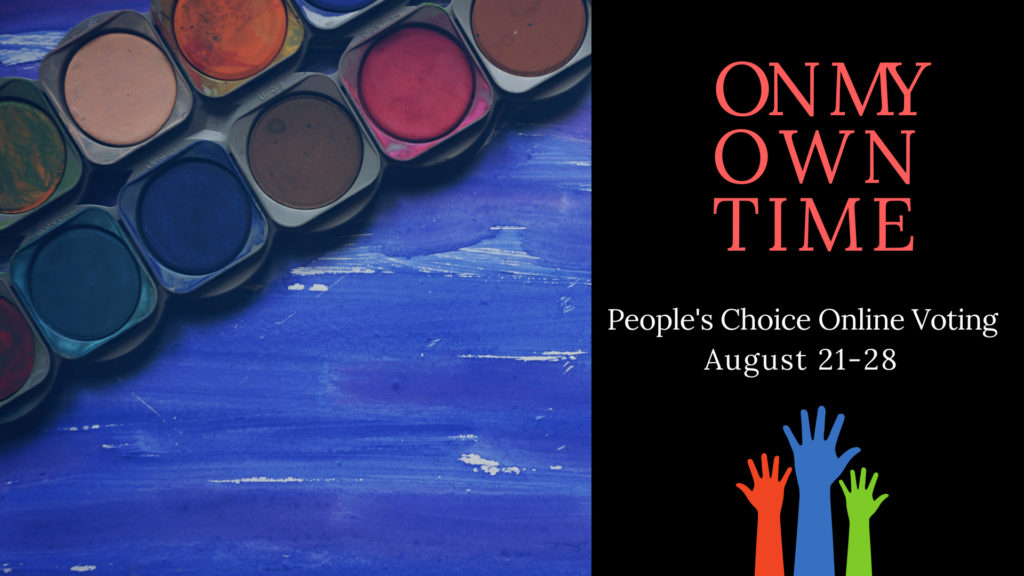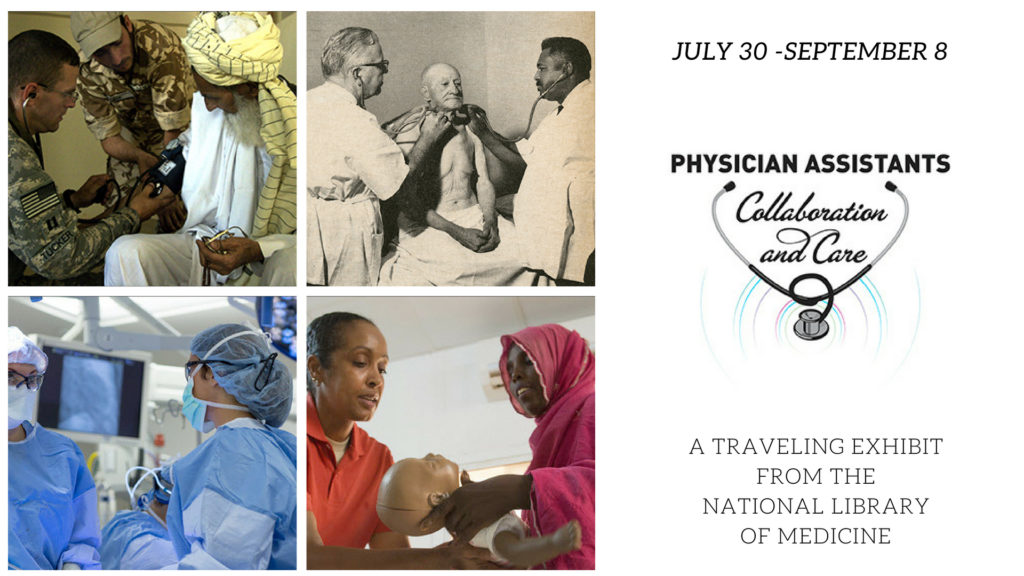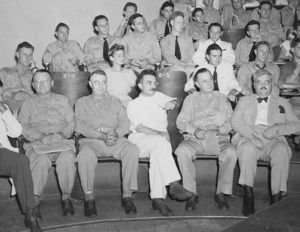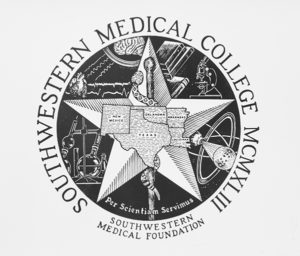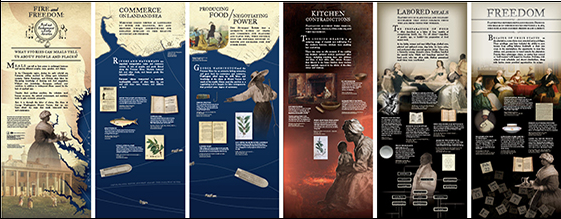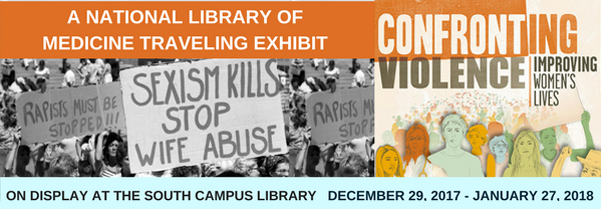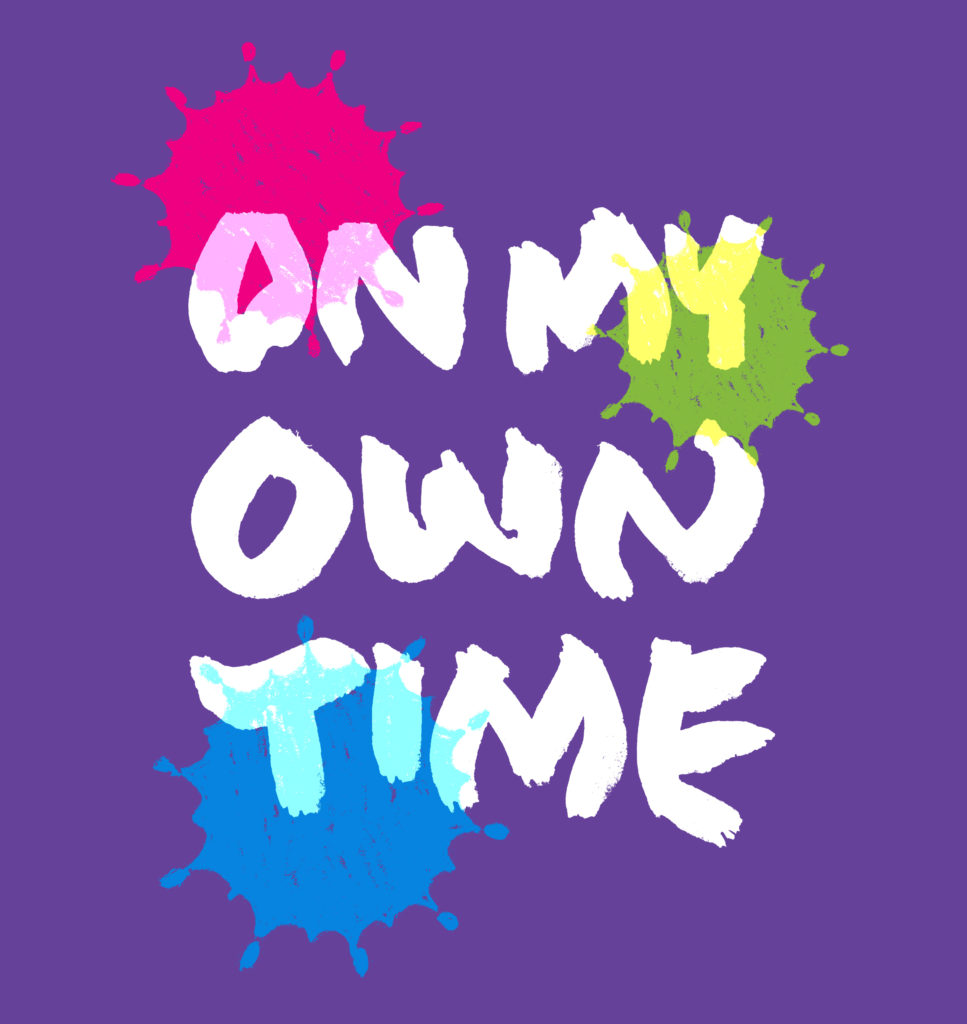
Showcase your artistic skills in the 19th annual On My Own Time Art Show, a regional art competition hosted by the Business Council for the Arts that features the creative abilities of business professionals throughout the Dallas-Fort Worth area. Winners of the UT Southwestern competition will be showcased alongside winners from other D/FW participating companies.
For the 2019 show, employees can enter works in two main art categories:
- Visual Art: includes works on canvas or paper, photography, sculpture, ceramics, jewelry, metalwork, mixed media, textiles, and fiber art.
- Literary Art: includes short stories, poems, and creative non-fiction. In addition, UT Southwestern employees will have the opportunity to compete against other companies across the Metroplex. Selected literary works will appear in an On My Own Time journal and on the Business Council of the Arts website.
Submissions will also be accepted in a third, UTSW-only category: Sustainable Art. The items must contain materials that have had a prior use before they were incorporated into the art work. Entries will be judged by a separate group of UT Southwestern judges, Green Champion volunteers, and employees from UTSW’s Sustainability program. Note: works that need maintenance or items that may decay will not be accepted. Entrants must specify this category when artwork is dropped off in the South Campus Library.
Starting August 1, UT Southwestern entries will be on display in the Health Sciences Digital Library and Learning Center on the South Campus. Art professionals chosen by the Business Council for the Arts will judge the Visual Art category entries and select honorable mention and first place winners. From the first-place winners, judges will choose a “Best of Show” entry. UT Southwestern employees will have the opportunity to select a “People’s Choice” award in August.
First place winners from each category and the “Best of Show” selection will go to a region-wide show at NorthPark Center from October 3 – 20, 2019.
Registration ends for all categories July 19. Visit the On My Own Time website for further information and to complete registration. Click on the “2019 Registration” light blue button on the left and enter “creativity2019” as the password to gain access.
For questions, email OMOT@utsouthwestern.edu.

